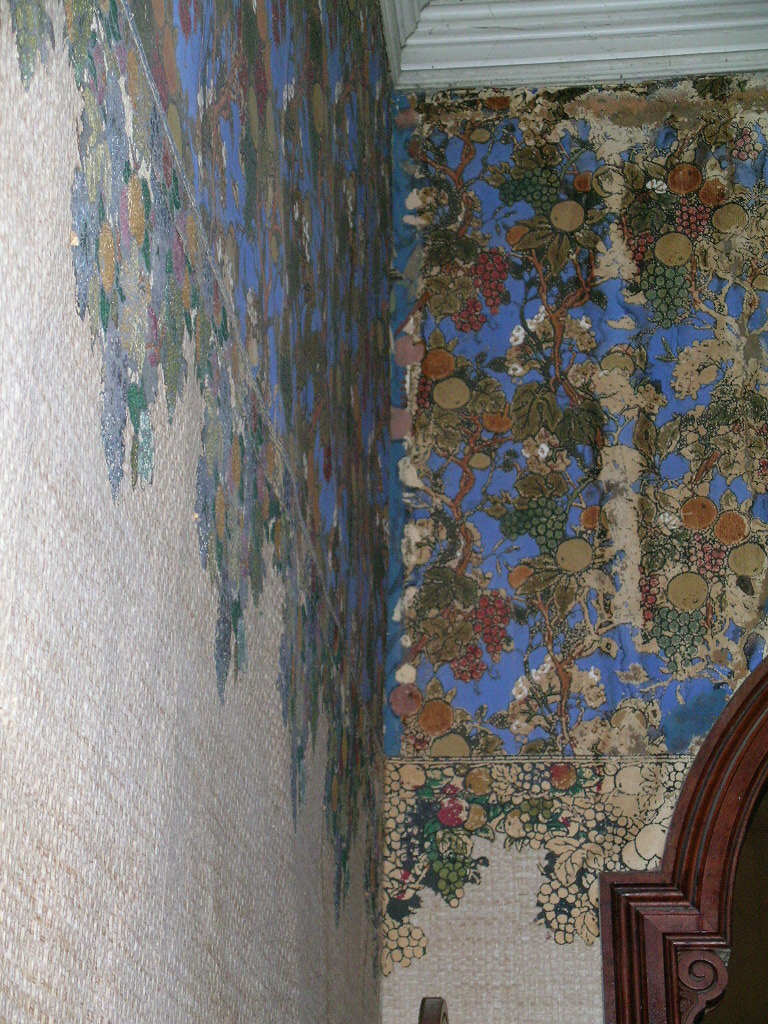Our heritage makes us who we are, as people and as a country. If you take the time to look and think you will notice that you are surrounded by heritage in Whangarei. Our centre city boasts some iconic century old buildings like the Public Trust Office (Former) and the Butter Factory which are overlooked by the even older Pukenui forest and Parihaka pa sites. Both tangible and intangible heritage have varying values depending on the contextual scale and the on individuals’ personal cultures. For example there is an old house in Dunedin Harbour that is of significant cultural value to my family history, but it holds no national value. At the other end of the spectrum, places like Waitangi hold national value to New Zealand history due to the significance of events that took place there. Luckily there are a variety of protective legislation and guidelines to support the protection of our shared heritage.
Out in Maunu, Kiwi North’s Heritage Park is founded on the original farm and homestead of the Clarke family. Glorat, as the family home was named, was completed in 1885, and is a perfect example of the different levels of heritage value and protection. Whangarei carpenter Richard Keyte built the late Victorian villa for Alexander and Mary Clarke. Due to care by family members and their loyal housekeeper the interior of the house changed very little since the Edwardian period. Shellacked and painted woodwork, wallpaper, decorative friezes, furniture and everyday items remain to create a picture of family life in Whangarei over 100 years ago. The farm, gardens and several associated trees build up the historical context of this place. Very few rural domestic buildings of this size and age have been kept in such original condition, especially in Northland. Add in the social history of three generations of the Clarke family and Doctor Clarke’s work in wider Whangarei, Glorat and the Heritage Park become a significant cultural, education and recreational landmark for Whangarei.
.jpg?1593082639235)
Heritage New Zealand’s Heritage List (Rārangi Kōrero) records places and areas of cultural and historic significance, previously known as the Register. Glorat is recognized as a ‘Historic Place Category 2’ building (No 478) on the List, along with the relocated Oruaiti Chapel which is now its neighbour, identifying their “historical or cultural significance or value”. The next level (Category 1) historic places are those places of “special or outstanding historical or cultural significance or value” - usually places of wider value such as Waitangi. While inclusion on the List does not automatically give legal protection over the building, it helps identify to the owners, the local community and local governing bodies that it has cultural or historical value and should be considered in district heritage plans.

Lucky for Whangarei, Glorat is protected by the 1991 Resource Management Act and the 2014 Heritage New Zealand Pouhere Taonga Act which states “a place associated with pre-1900 human activity, where there may be evidence relating to the history of New Zealand, and any site that meets this definition is afforded automatic statutory protection under the Act.” It is important to note that places that post- date the year 1900 can still be recorded as archaeological sites, such as places relating to our World War history.
The Whangarei District Plan is guided by these legislations and includes restrictions to built heritage such as on demolition, removal, subdivision, and additions and alterations to interiors and exteriors. These heritage values are assessed during the resource consent process. Glorat is identified as a ‘Group B Scheduled Built Heritage Resource’ in our District Plan which also includes Carruth House, the BNZ Building and the Harding Army Hall. By preserving these places we can admire the work of those who came before us and teach new generations about where we have come from, how this affects where we are now and to guide where we are going. Whangarei’s shared heritage contributes to our city’s culture by making it a diverse and interesting place to live, by providing recreational and experiential attractions, places to contemplate, share and heal. Let’s work together to preserve our heritage for the future. If you have any questions or plan to make alterations to a building or place which you think may have heritage value contact Heritage New Zealand first. Here at Kiwi North we have recently completed conservation works on the Oruaiti Chapel and outbuildings associated with Glorat. Fundraising is now underway for major and essential conservation of Glorat, the Clarke Homestead, itself.
Georgia Kerby
Exhibitions Curator
11 June 2020